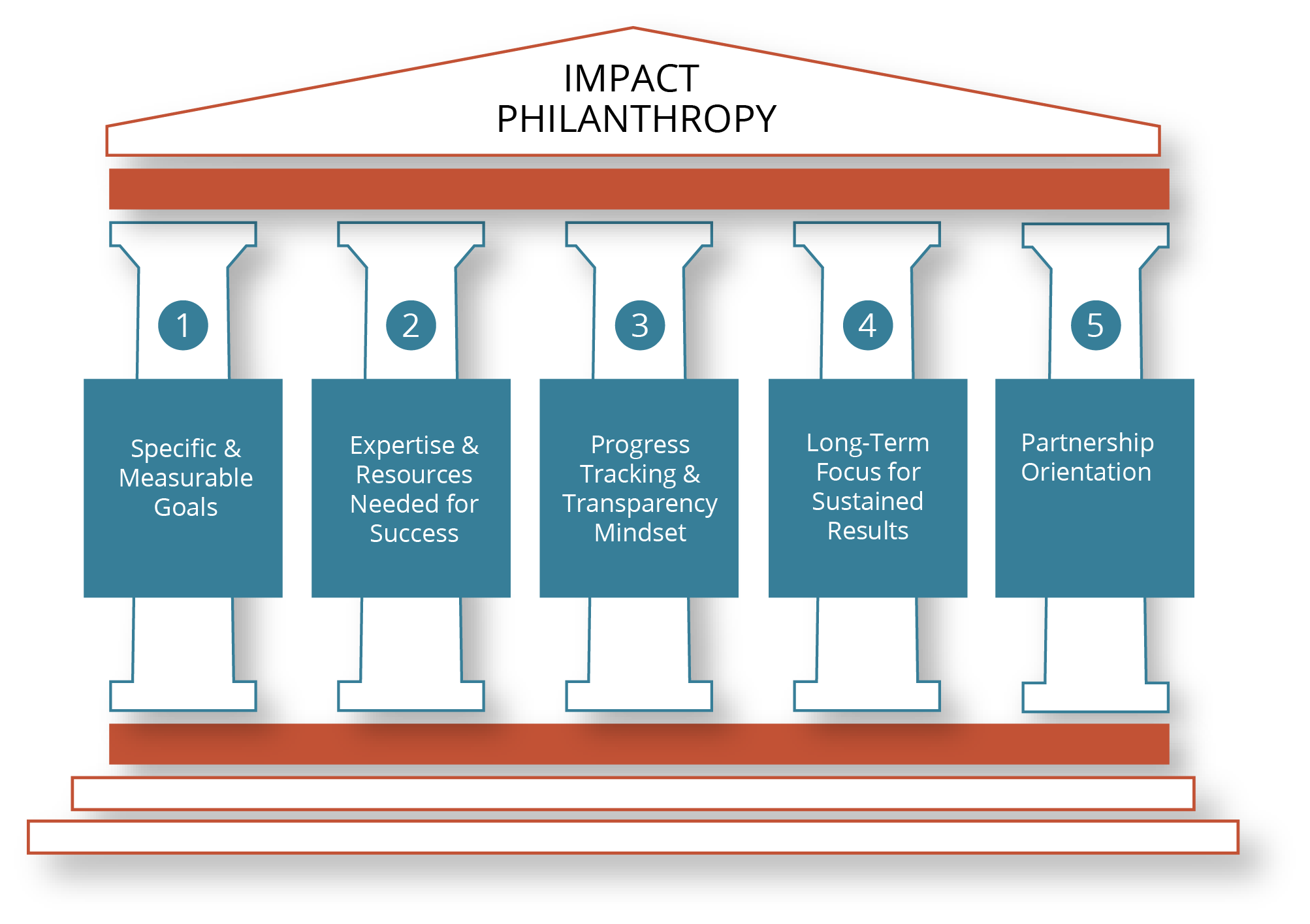As Covid-19 and its variants continue to spread despite progress with vaccines, what felt like a brief period of optimism in some countries has given way to renewed uncertainty. Thankfully, many corporations and foundations in the United States are giving generously to support countries and communities impacted by the pandemic. It is more critical than ever that this support continues if we are to eradicate the virus for good and quell the social and economic challenges it is leaving in its wake, such as food insecurity, access to essential goods, joblessness, and general anxiety—all of which require sustained investments for long-term solutions.
With these challenges as a backdrop, it’s a great time for corporations to think strategically about giving, and those who have discovered its fortuitous benefits know what I’m talking about. Not only can philanthropy altruistically enhance the livelihoods of communities where a company operates, but it also offers several other significant business benefits: it can develop new consumer groups in key markets, strengthen relationships with customers and suppliers, enhance a company’s brand image, and build employee pride and loyalty. Social impact is the ROI of philanthropy and social impact, done right, generates business impact.
So how do you do it right? How can you be sure your contributions have the strongest possible impact, benefit the most people, and enhance your corporate reputation in the process? How can you make the world better? You do it the same way you build a solid house: with a structural plan and the right materials. At CAF America, we like to call these the ‘Building Blocks of Impact’ – five elements of a strategic but practical approach to creating lasting impact.
Impact Philanthropy is about ensuring your giving will deliver significant, specific, and measurable results for the long term. To accomplish that, you need to have five strong building blocks, or pillars, in place:

- Specific & Measurable Goals: It starts with a clear understanding of what you want to achieve—defining specific objectives and the timeframe for achieving them, agreeing on how you’ll measure success, and determining how you’ll track progress along the way. Without clear goals and ensuring the nonprofit has the ability to measure them, you won’t know if you’re on a path to deliver the results you want.
- The Expertise & Resources Needed for Success: Make sure the charity you’re working with, and any resources they’re engaging, have the expertise and budget needed to achieve the mutually agreed-upon goals. The more you understand the problems you seek to solve, the easier it will be to gauge this. Don’t be afraid to invite other donors and/or charity partners to join in. Usually, more funds means more impact, and there will be enough credit to go around if the impact is meaningful.
- Progress Tracking & a Transparency Mindset: Tracking progress prevents surprises and allows charities and their donors to align on any course corrections needed to keep things on track. Since the primary goal of Impact Philanthropy is optimizing the impact itself, by sharing best practices among donors you can promote learning and improve efficiencies, which will expand the reach of your effort and increase impact beneficiaries.
- A Long-Term Focus for Sustained Results: Multi-year funding commitments enable charities to plan projects out over a longer time horizon, adding infrastructure and operational capacity where needed to scale and sustain new community practices beyond the life of a grant. Donors can also increase their impact by helping a charity engage and persuade other donors to contribute, which benefits everyone and makes it more likely the impact will last.
- A Partnership Orientation: Lastly, to support the investment, there must be a collaborative, mutually respectful spirit of partnership between donor and charity. By prioritizing the goals that brought you together, donor and charity can overcome any unexpected (but inevitable) challenges. And by investing in the charity’s capacity building, donors can bolster nonprofits’ future resilience and ensure their impact for years to come.
The historic view of philanthropy depicts the donor merely as ‘check writer’ and the charity as ‘implementer’, but a new paradigm is emerging—one in which donor and nonprofit each contribute essential expertise and materials to the building of the proverbial house. Like any house-building effort, you can assume everything won’t go exactly as planned but if there’s positive, regular communication, just about any obstacle can be overcome. Sustained impact is a joint responsibility and when donors and charities see each other as full partners, they fuel each other’s progress and maximize the collective ROI of philanthropy.
Sue Norton is an Adjunct Global Impact Strategist at CAF America working to guide and grow the organization’s Disaster & Crisis Relief practice.



Comments (0)